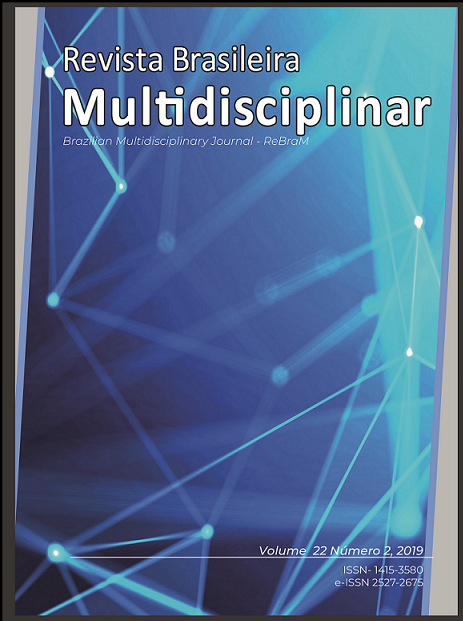Resveratrol: papel nas doenças cardiovasculares
Main Article Content
Abstract
As Doenças Cardiovasculares (DCV), atualmente, causam mais de 300.000 mortes por ano no Brasil, segundo dados da Sociedade Brasileira de Cardiologia (SBC), emitido por meio do Cardiômetro, indicador do número de mortes por DCV no país. O resveratrol tem capacidade de beneficiar a função endotelial, dessa forma, prevenir aterosclerose. Diante do exposto, o objetivo deste trabalho foi realizar uma revisão da literatura sobre os benefícios do resveratrol na promoção da saúde cardiovascular e no tratamento de DCV. Trata-se de um estudo de revisão da literatura científica de artigos originais e revisão dos últimos 18 anos, sobre as vantagens do uso de resveratrol na prevenção e tratamento das DCV. O trans-3,5,4’-trihydroxystilbene, conhecido como resveratrol, é um composto fenólico, do tipo estilbenos, da classe dos polifenóis não-flavonoides encontrados em maior frequência Vitis vinífera (uvas). Foi demonstrado que a substância possui propriedades de promoção da saúde e características antioxidantes, anti-inflamatórias, cardioprotetoras, antidiabéticas, anticâncer, quimiopreventivas e neuroprotetoras. A introdução de resveratrol na dieta pode ser feita por meio de suplementação (cápsulas ou tabletes) e pelo consumo diário de alimentos fonte do composto. A formulação fitoterápica mais utilizada em estudos foi cápsulas de extrato seco de Vitis vinífera, com doses variáveis entre 2 a 25 mg/kg/dia. Todavia, os estudos realizados com alimentos fonte de resveratrol, como o suco de uva integral e vinho tinto, resultaram em maiores respostas benéficas ao organismo. Em vista disso, o consumo de alimentos naturalmente fontes de antioxidantes, aliados à dietas equilibradas e saudáveis, desempenham diversas funções benéficas.
Downloads
Article Details
• The author (s) warrant that the contribution is original and unpublished and that it is not in the process of being evaluated in other journal (s);
• The journal is not responsible for the opinions, ideas and concepts issued in the texts, as they are the sole responsibility of the author (s);
• Publishers have the right to make textual adjustments and to adapt the article to the rules of publication.
Authors retain the copyright and grant the journal the right of first publication, with the work simultaneously licensed under the Creative Commons Attribution License, which allows the sharing of work with acknowledgment of authorship and initial publication in this journal.
Authors are authorized to take additional contracts separately, for non-exclusive distribution of the version of the work published in this journal (eg publish in institutional repository or as book chapter), with acknowledgment of authorship and initial publication in this journal.
Authors are allowed and encouraged to publish and distribute their work online (eg in institutional repositories or on their personal page) at any point before or during the editorial process, as this can generate productive changes as well as increase the impact and citation of the published work (See The Effect of Free Access) at http://opcit.eprints.org/oacitation-biblio.html





